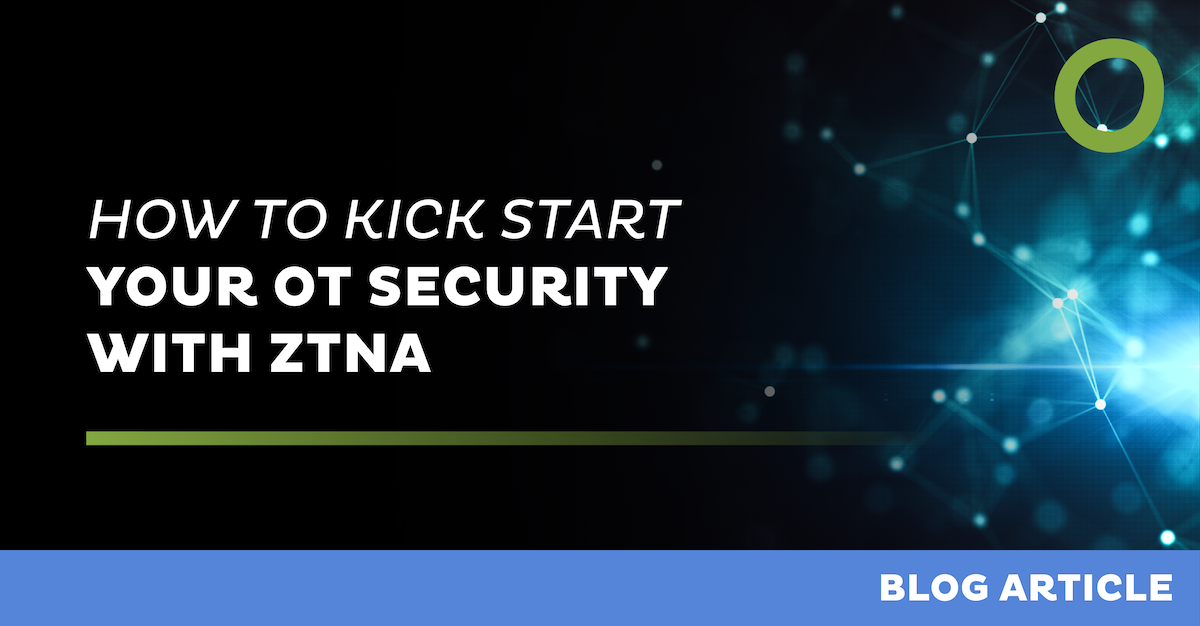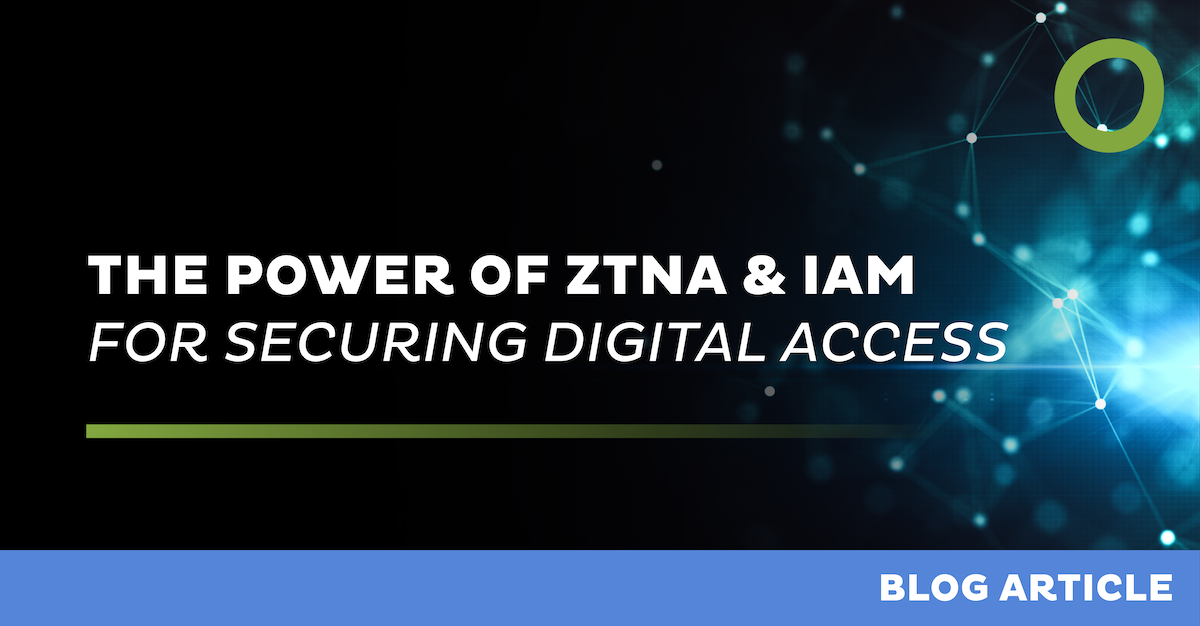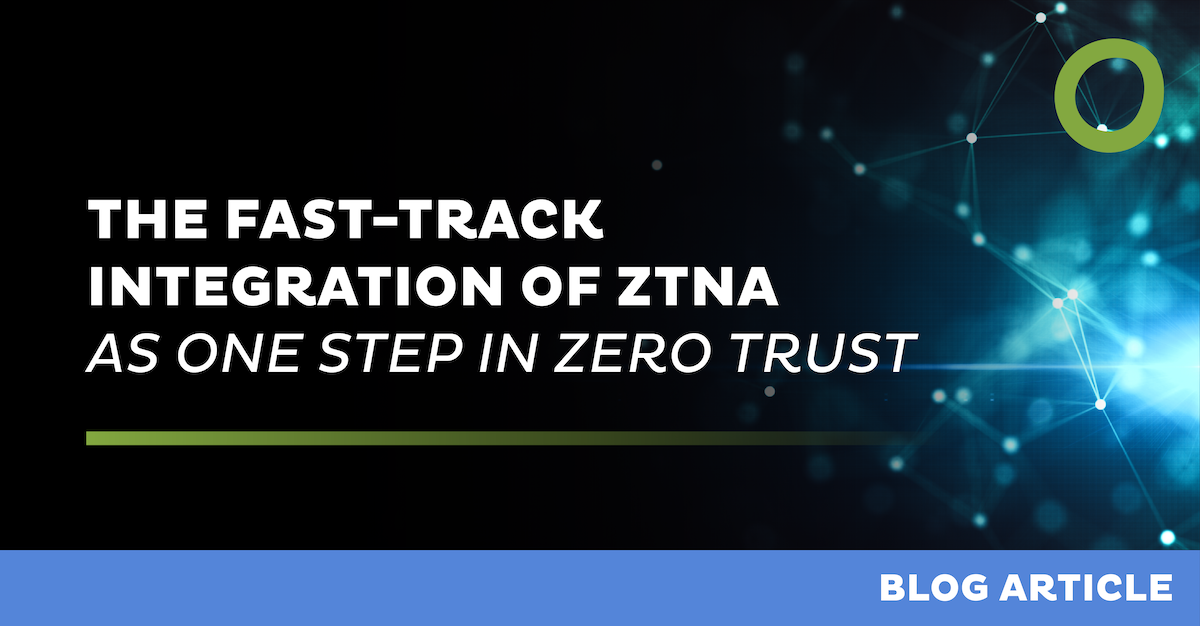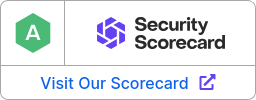
Lessons from Recent Insurance Breaches: Why Zero Trust Network Access (ZTNA) Is No Longer Optional

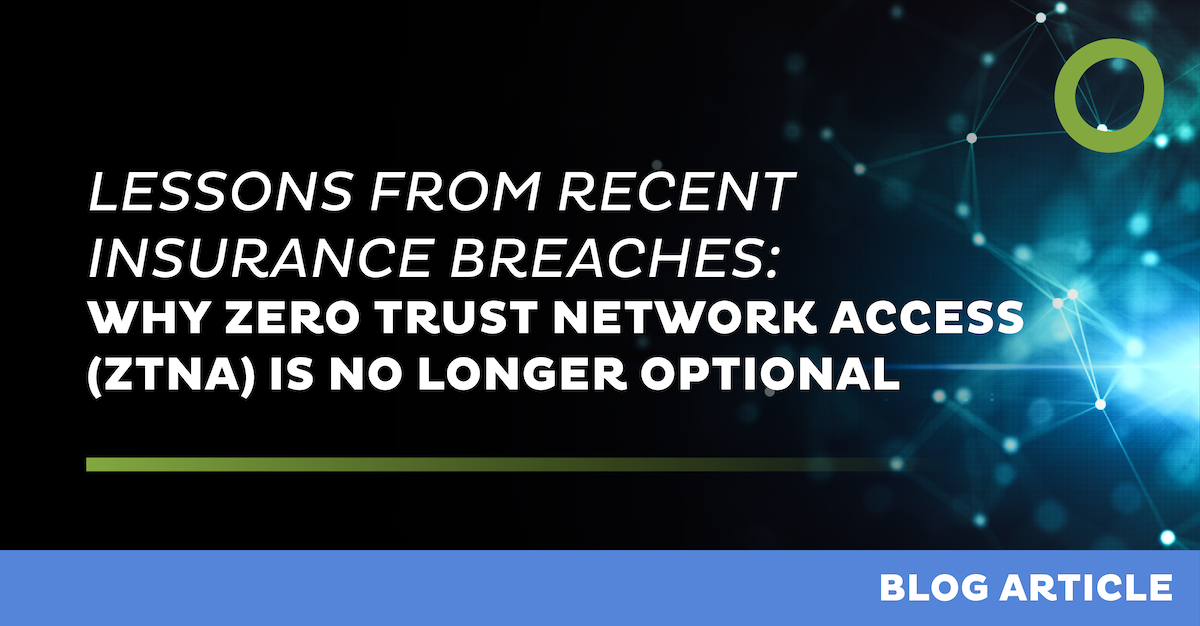
In the last few weeks, the insurance industry has once again been reminded of its growing exposure to cyber threats. The confirmed data breach at one of the leading insurance companies, along with other recent incidents involving third-party access vulnerabilities, illustrates the evolving risk landscape—and the inadequacy of traditional perimeter-based security models.
If your organization is still relying on VPNs, static firewalls, or implicit trust models for external access, it’s time to ask a hard question: what will it take for you to adopt Zero Trust?
📉 Insurance Industry: A High-Value Target
Insurance providers hold some of the most sensitive and monetizable data in existence: policyholder identities, financials, medical histories, investment portfolios. That makes them an irresistible target.
But attackers no longer batter the gates. They exploit the weak links inside your ecosystem: third-party service providers, cloud-hosted apps, and overly permissive access rights.
Case in point: the Allianz Life Insurance breach, which appears to involve unauthorized access through external systems. While full details are still emerging, the trend is clear: external access channels are the new attack surface.
Where Traditional Access Fails
In many organizations, especially in regulated industries like insurance, legacy access mechanisms remain the norm. These include:
- VPNs granting full network access once credentials are validated
- Static IP-based firewall rules that trust devices by location, not by behavior
- Lack of approval workflows before access to critical cloud platforms is granted
- No visibility into session activity or device health
These models operate on implicit trust and that trust is precisely what attackers exploit.
Zero Trust Network Access (ZTNA)
Instead of opening your network to external users and hoping for the best, ZTNA enforces fine-grained controls:
Key ZTNA Capabilities That Prevent Insurance-Sector Breaches
- Per-App Access (Not Per-Network)
External users only access specific applications—not entire subnets. Lateral movement is eliminated. - Context-Based Policy Enforcement
Access is granted based on user identity, device posture, geolocation, time of day, and risk score. - Approval-Based Access Workflows
For privileged operations or third-party access to sensitive cloud apps, approvals can be required. Access is granted only when a designated manager or infosec lead approves the request. - Just-in-Time Access with Justification
Limit access windows and require users to explain why they need access. This creates audit-ready logs and discourages misuse. - Continuous Monitoring and Real-Time Revocation
If device health changes (e.g., AV is disabled, OS is outdated), access is revoked mid-session. - Full Audit Trails for Compliance
Every access attempt—approved or denied—is logged, timestamped, and linked to user identity and device state.
Why ZTNA Is Ideal for Third-Party Cloud Access
Many insurance companies now rely on third-party vendors for everything from customer support to claims processing and digital platforms. ZTNA offers:
- Secure, browser-based access to cloud systems without requiring full VPN tunnels
- No trust placed in the network, even internal users must authenticate and verify posture
- Flexible integrations with identity providers (Okta, Azure AD), MDMs, and EDRs to control and log access end-to-end
With ZTNA, you can enable productive third-party access without increasing your risk surface.
What Should Insurers Do Next?
The recent breach is a warning sign, but also an opportunity to act decisively.
Here’s a roadmap to begin:
- Map your access surface: Identify all cloud services and third-party connections
- Identify high-risk access flows: Which vendors or systems lack approval or visibility?
- Deploy a ZTNA solution: Start with high-value apps and expand
- Enable workflows: Enforce just-in-time and approval-based access for sensitive operations
- Review and audit regularly: Build reports to monitor access patterns and risk indicators
The message is clear: in today’s interconnected cloud and partner ecosystem, trust is a vulnerability. If access to your systems can be granted without real-time verification, justification, and approval, then it’s only a matter of time before it’s exploited.
ZTNA isn’t just a security upgrade—it’s a business enabler that provides control, visibility, and assurance without slowing down collaboration.
As the insurance industry faces rising pressure from regulators, threat actors, and customers, Zero Trust is no longer optional—it’s essential.
Interested in how Managed ZTNA can work in your insurance environment?
Let’s talk about a pilot—secure, auditable, and tailored to your regulatory needs.
Leave Complexity
Behind
To learn how Open Systems SASE Experience can benefit your organization, talk to a specialist today.
Contact Us

